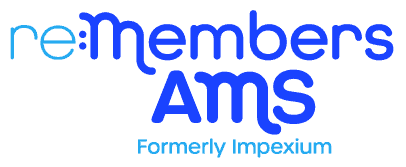Join A fully Integrated Ecosystem
Slayte connects seamlessly with leading AMS platforms, accounting tools, and payment gateways—including iMIS, QuickBooks, Stripe, and more. From Single Sign-On to Zoom and Zapier, our integrations streamline operations, simplify access, and ensure data flows effortlessly—so you can focus on delivering exceptional events and member experiences.
Slayte Also Has a Comprehensive API
Slayte offers a robust, developer-friendly API that gives you full control over your data, workflows, and integrations. Whether syncing with your CRM, building custom portals, or automating processes, our flexible REST API empowers your team to extend Slayte’s capabilities and tailor the platform to your unique needs.
Advice & answers
from the Slayte Team
Can Slayte handle multi-stage review processes (e.g., abstract scoring + final approvals)?
Yes. You can configure multi-stage workflows with separate rounds of review, each with its own evaluators, rubrics, and scoring logic. Admins can promote or reject entries between rounds, track progress, and trigger automatic status updates to applicants.
Can we export reports and track program performance over time?
Yes. Slayte includes built-in analytics and export tools. Admins can generate real-time reports on submissions, evaluations, credit issuance, engagement metrics, and reviewer progress. Data can be exported as CSV/Excel or synced with external systems. We also support historical data rollovers for repeat programs, allowing year-over-year comparisons.
What kind of support will we receive?
Every Slayte client is assigned a dedicated customer success manager. We provide onboarding, live training, help center documentation, and priority email/chat support. For complex implementations or integrations, we can also offer guided sessions to configure and optimize your use of the platform.
Can different departments or committees manage their own workflows?
Yes. You can delegate admin access by program, role, or committee. Each team sees only what’s relevant to them, and you maintain global oversight across the entire platform. This decentralized model is ideal for large associations with chapter-based or board-managed initiatives.
Can we use Slayte for hybrid or virtual events?
Absolutely. Slayte supports in-person, virtual, and hybrid event formats out of the box. You can stream sessions, offer real-time audience participation, provide on-demand recordings, and issue CE/CME credits based on tracked participation—whether attendees are on-site or remote.
















